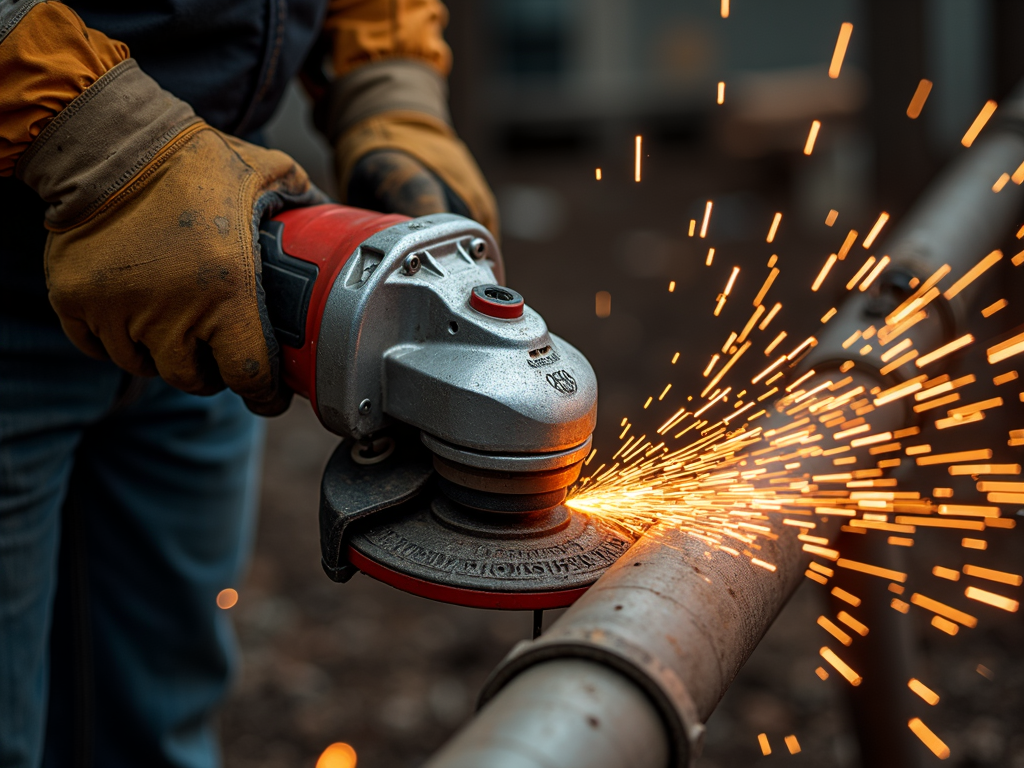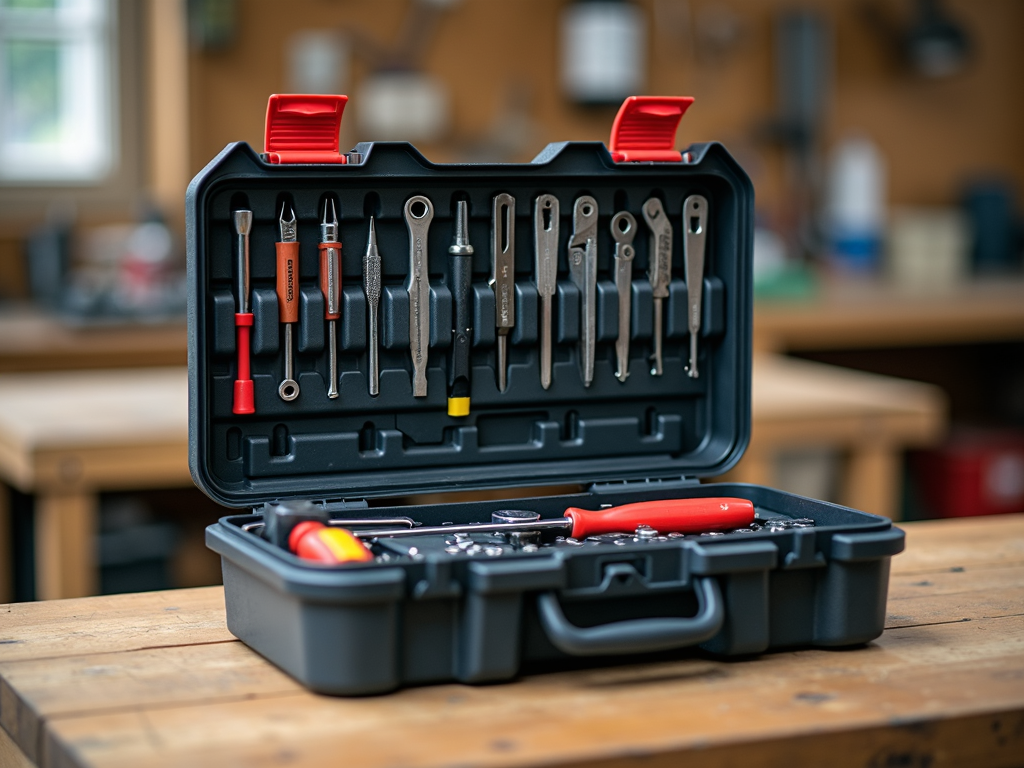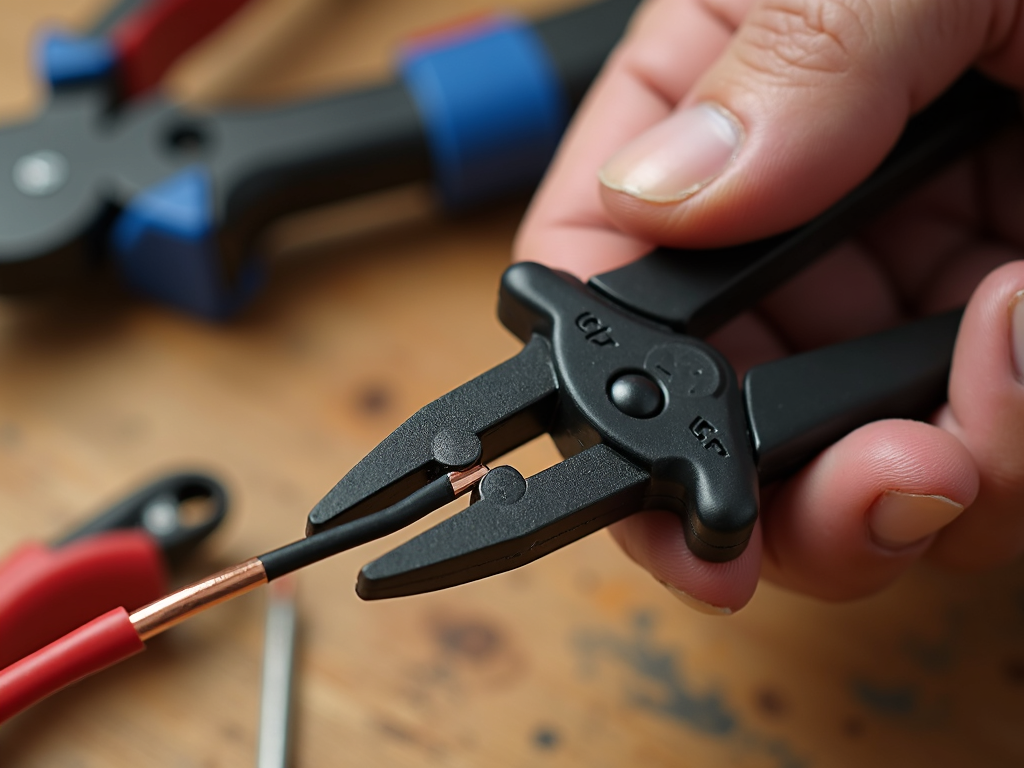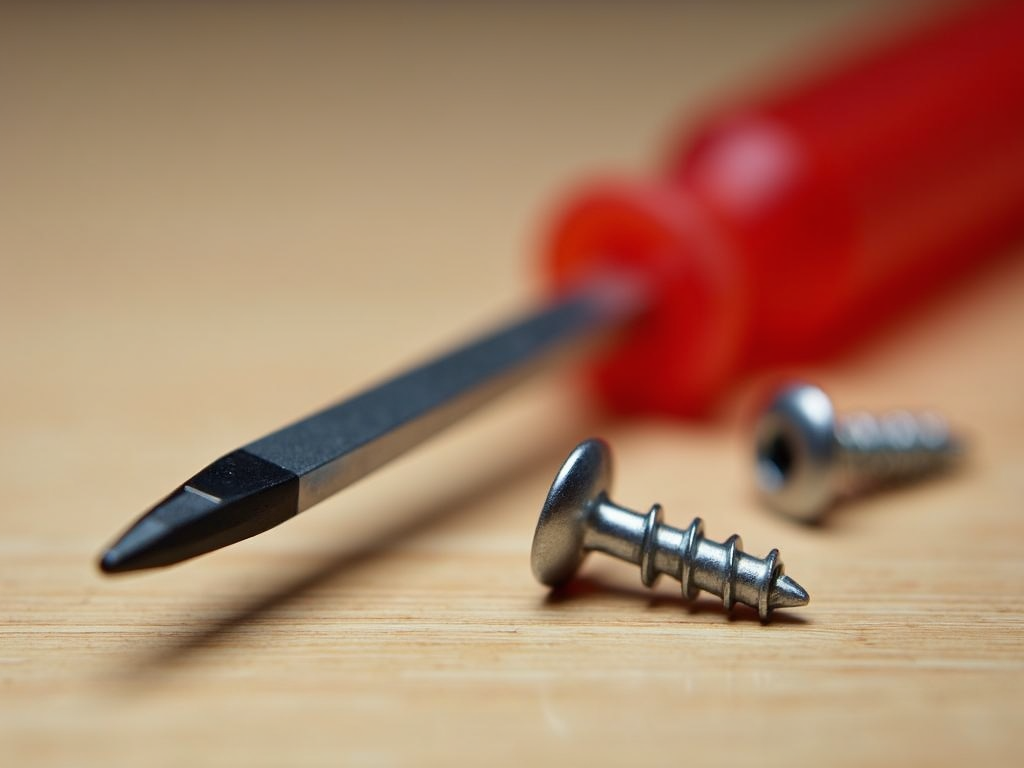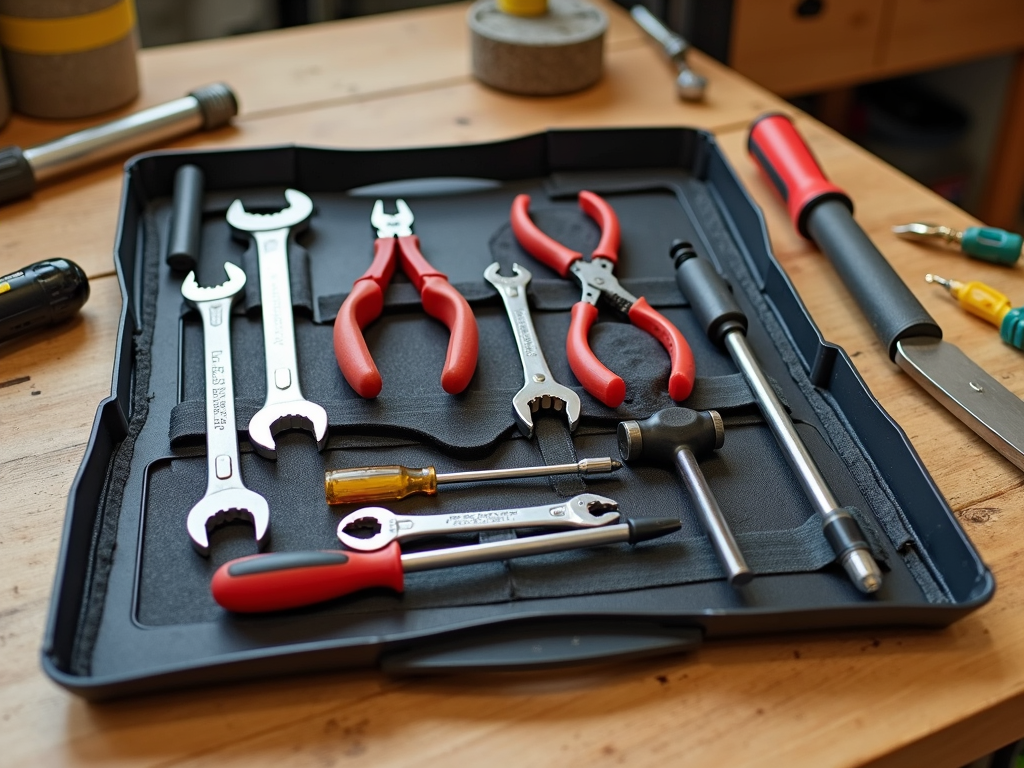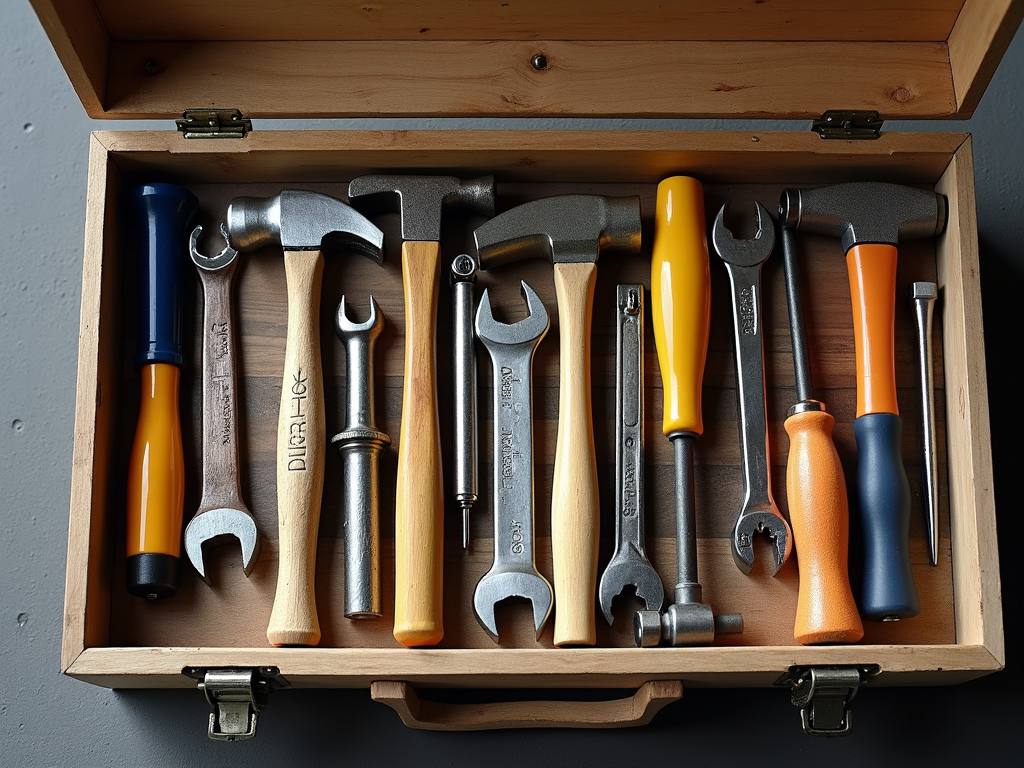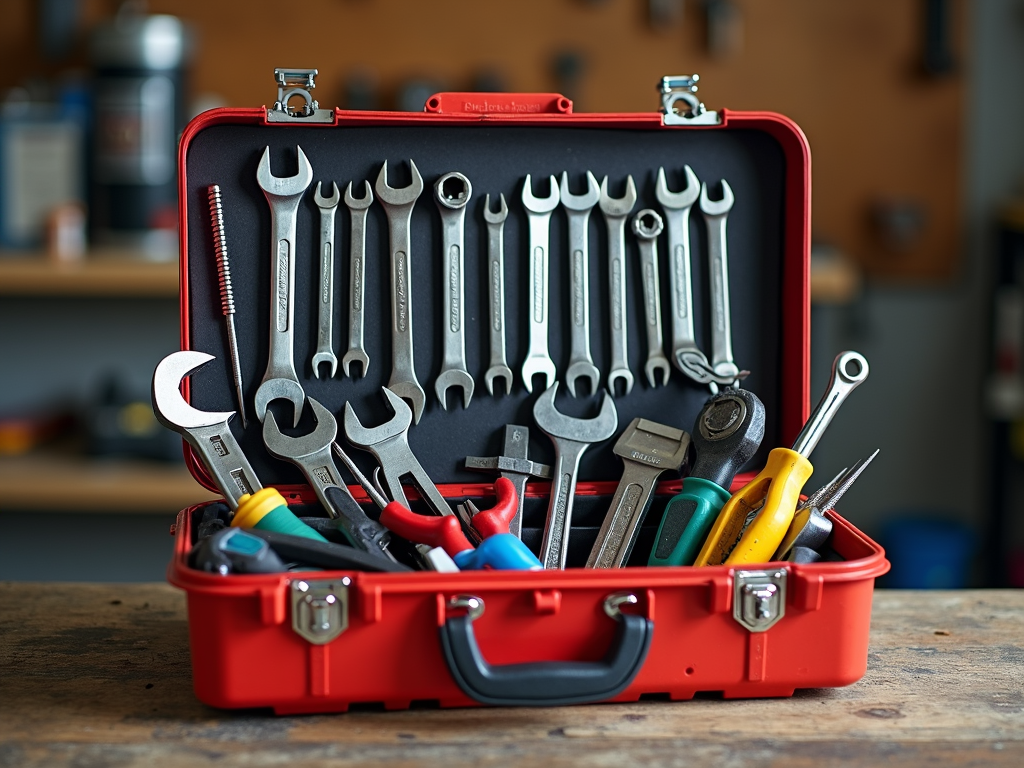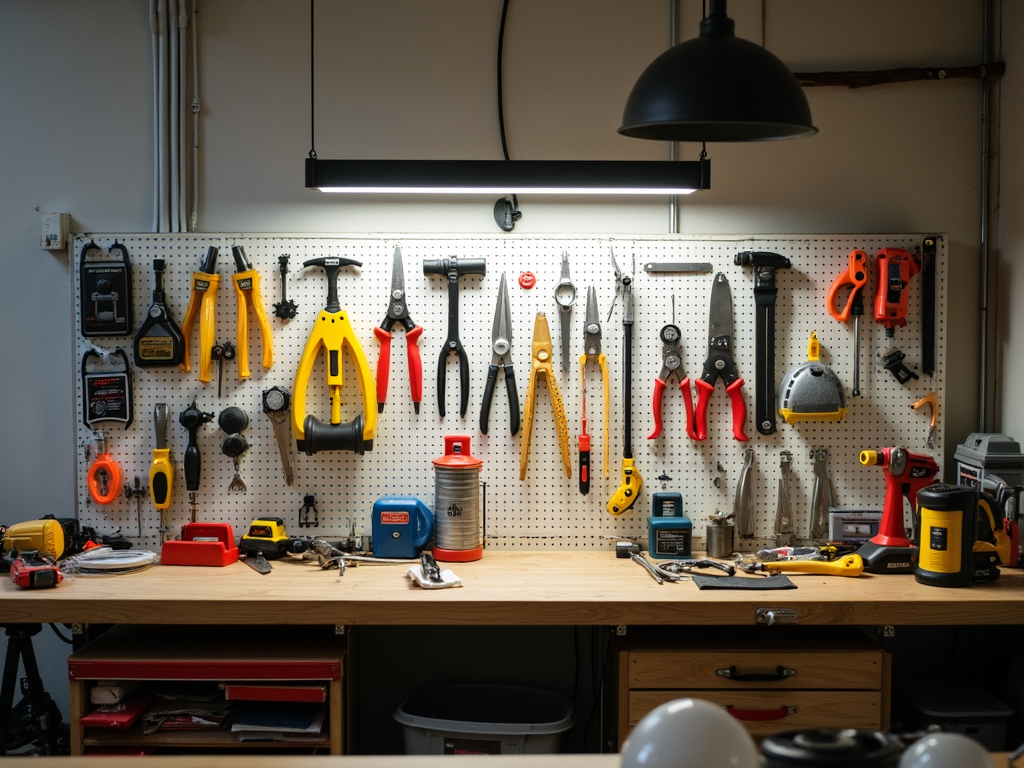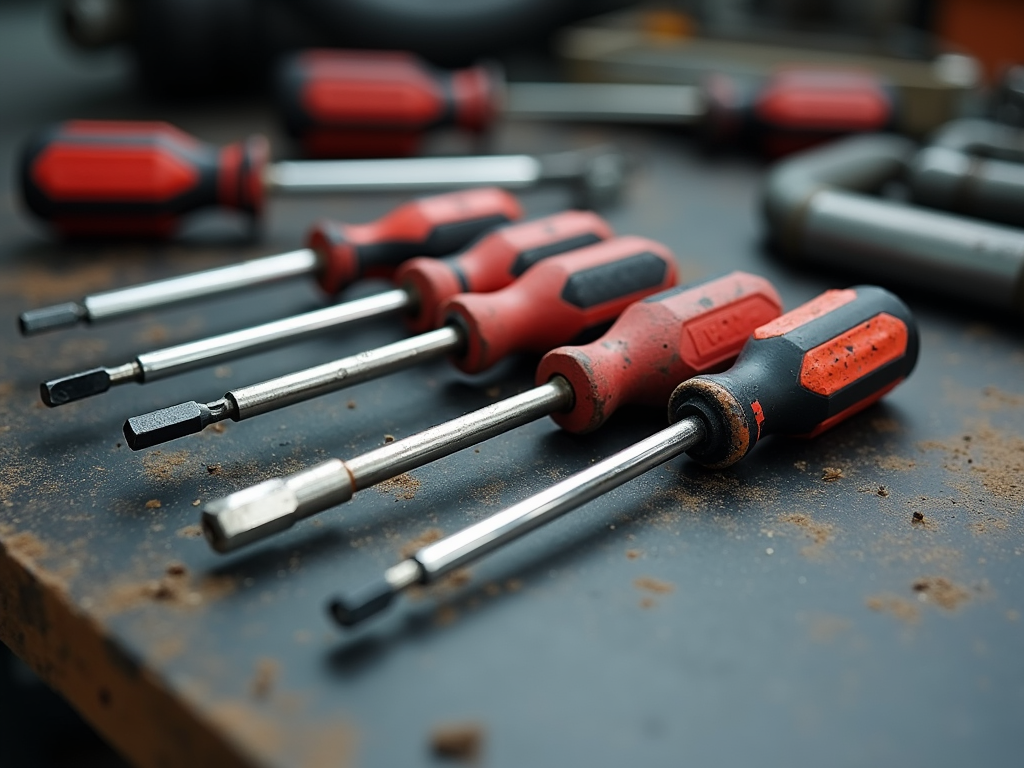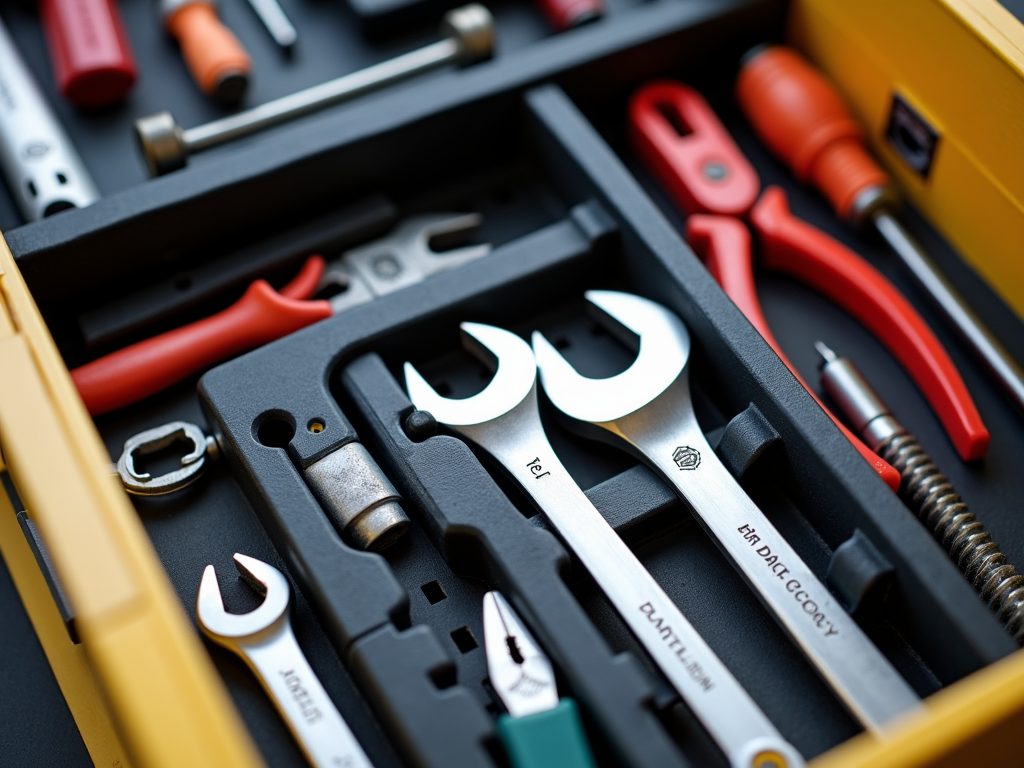Work-related injuries are a common issue in many industries, often caused by repetitive motions, poor posture, or using tools that aren't designed with the user's comfort in mind. Fortunately, ergonomic tools are here to help. These tools are specifically designed to reduce strain on the body, making work safer and more comfortable. In this guide, we'll explore how ergonomic tools can prevent injuries, the types of tools available, and how to use them effectively.
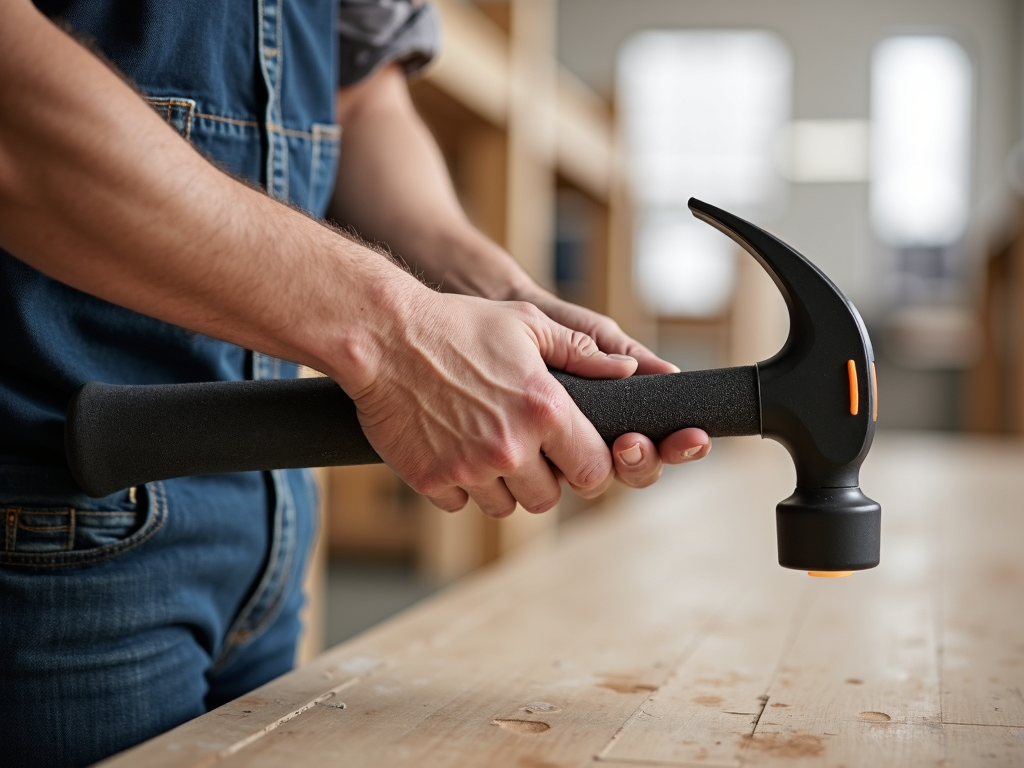
What Are Ergonomic Tools and Why Are They Important?
Ergonomic tools are designed to fit the user's body and movements, reducing the risk of injury and improving comfort. Unlike traditional tools, which can force the body into awkward positions, ergonomic tools are shaped to support natural movements. This is especially important for tasks that involve repetitive motions, such as cutting, hammering, or lifting.
Using ergonomic tools can help prevent common work-related injuries like carpal tunnel syndrome, tendonitis, and back pain. These injuries not only cause discomfort but can also lead to long-term health issues and decreased productivity. By investing in ergonomic tools, workers can protect their health and stay productive on the job.
Types of Ergonomic Tools
There are many types of ergonomic tools available, each designed for specific tasks. Here are some of the most common:
- Cutting Tools: Ergonomic cutting tools, such as scissors and knives, have handles that reduce the pressure on the hand and wrist. They often feature soft grips and angled blades to minimize strain.
- Workman Tools: Tools like hammers, screwdrivers, and pliers can also be ergonomic. These tools have handles that are shaped to fit the hand comfortably and reduce the force needed to use them.
- Lifting Tools: Ergonomic lifting tools, such as dollies and hand trucks, help workers move heavy objects without straining their backs.
When choosing ergonomic tools, it's important to consider the specific tasks you'll be performing and select tools that are designed for those tasks.
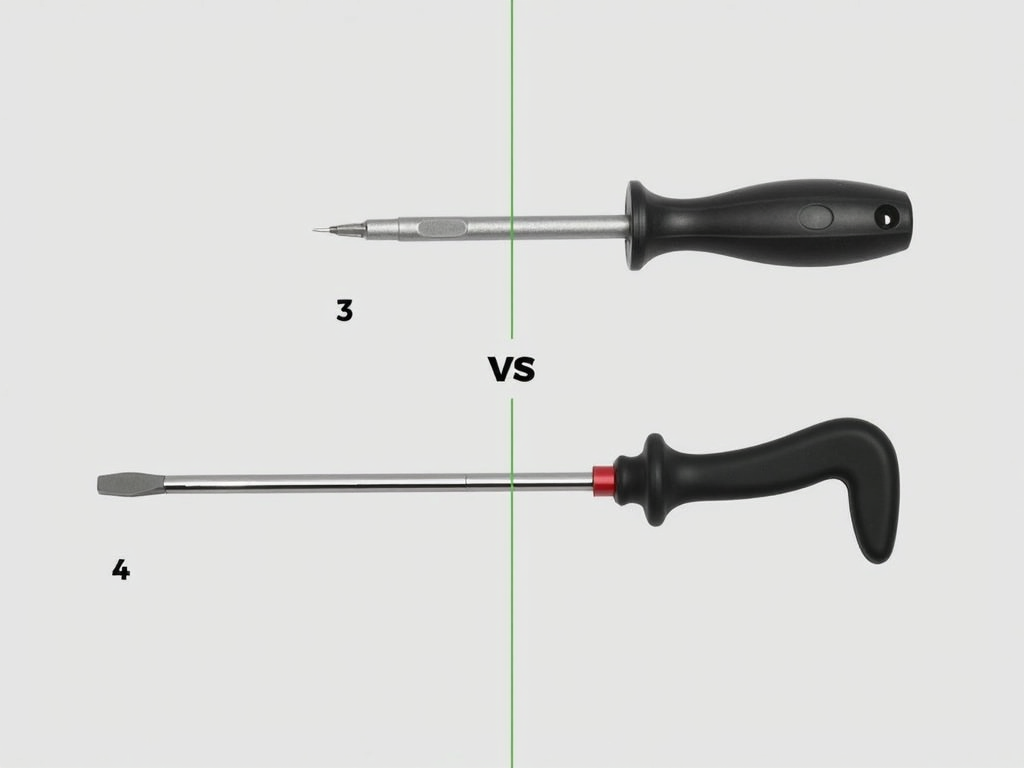
How to Choose the Right Ergonomic Tools
Selecting the right ergonomic tools can make a big difference in your comfort and safety. Here are some tips to help you choose:
- Consider the Task: Think about the specific movements and postures required for your job. For example, if you do a lot of cutting, look for tools with angled blades that reduce wrist strain.
- Check the Fit: Ergonomic tools should feel comfortable in your hand. Look for tools with handles that are the right size and shape for your grip.
- Look for Adjustability: Some ergonomic tools, like chairs and desks, can be adjusted to fit your body. This is especially important for tools you'll be using for long periods.
- Read Reviews: Look for tools that have positive reviews from other workers in your industry. This can give you insight into how well the tools perform in real-world situations.
Tips for Using Ergonomic Tools Effectively
Even the best ergonomic tools won't help if you don't use them correctly. Here are some tips to get the most out of your tools:
- Take Breaks: Even with ergonomic tools, it's important to take regular breaks to rest your muscles and avoid fatigue.
- Use Proper Technique: Make sure you're using the tools as intended. For example, when using a hammer, keep your wrist straight and let the tool do the work.
- Adjust Your Workspace: Ensure your workspace is set up to support good posture. This might include adjusting the height of your chair or workbench.
- Listen to Your Body: If you start to feel pain or discomfort, stop and assess your posture and technique. It might be a sign that you need to adjust your tools or take a break.

Common Work-Related Injuries and How Ergonomic Tools Can Prevent Them
Work-related injuries can range from minor aches to serious conditions that require medical attention. Here are some common injuries and how ergonomic tools can help prevent them:
- Carpal Tunnel Syndrome: This condition is caused by repetitive wrist movements and can be prevented with ergonomic cutting tools and keyboards.
- Tendonitis: Inflammation of the tendons can result from overuse. Ergonomic tools with soft grips and reduced force requirements can help.
- Back Pain: Poor lifting techniques are a common cause of back pain. Ergonomic lifting tools and proper training can reduce the risk.
By using ergonomic tools, workers can significantly reduce their risk of these and other injuries.
A Personal Story: How Ergonomic Tools Changed My Work Life
I remember when I first started working in construction, I used traditional tools that left my hands and wrists aching by the end of the day. After switching to ergonomic tools, I noticed a huge difference. The pain was gone, and I could work longer without feeling fatigued. It was like night and day. Now, I always recommend ergonomic tools to my colleagues—it's a small investment that pays off in comfort and health.

Summary
Ergonomic tools are a game-changer for preventing work-related injuries. By choosing the right tools and using them correctly, workers can protect their health, stay comfortable, and boost productivity. Whether you're cutting, lifting, or performing repetitive tasks, there's an ergonomic tool that can make your job easier and safer. Invest in your health today—your body will thank you.
Related A Guide to Preventing Work-Related Injuries with Ergonomic Tools:
- Top 10 Power Tools Every DIYer Needs
- Guide to Extending the Life of Your Hand Tools
- Comprehensive Guide to Electrical Tools: Everything You Need to Know
- Understanding Different Types of Screwdrivers: A Comprehensive Guide
- Budget-Friendly Tool Sets for DIY Enthusiasts: Your Guide to Affordable Quality
- Top Construction Dangers and How to Dodge Them
- The Ultimate Guide to Workman Tools for Automotive Repair
- Top 10 Must-Have Tools for Every DIYer
- Introduction to Automation Technologies: A Comprehensive Guide
- 10 Tips for Organizing Your Workshop
- Essential Screwdrivers for Mechanics: A Complete Guide
- Top Maintenance Tips for Extending Tool Lifespan
